Science is all about testing, re-testing, searching, exploring, and playing. I’m almost convinced most scientists are kids who never quite grew up! Try this Self-Inflating Balloon Science Experiment with your kids today!
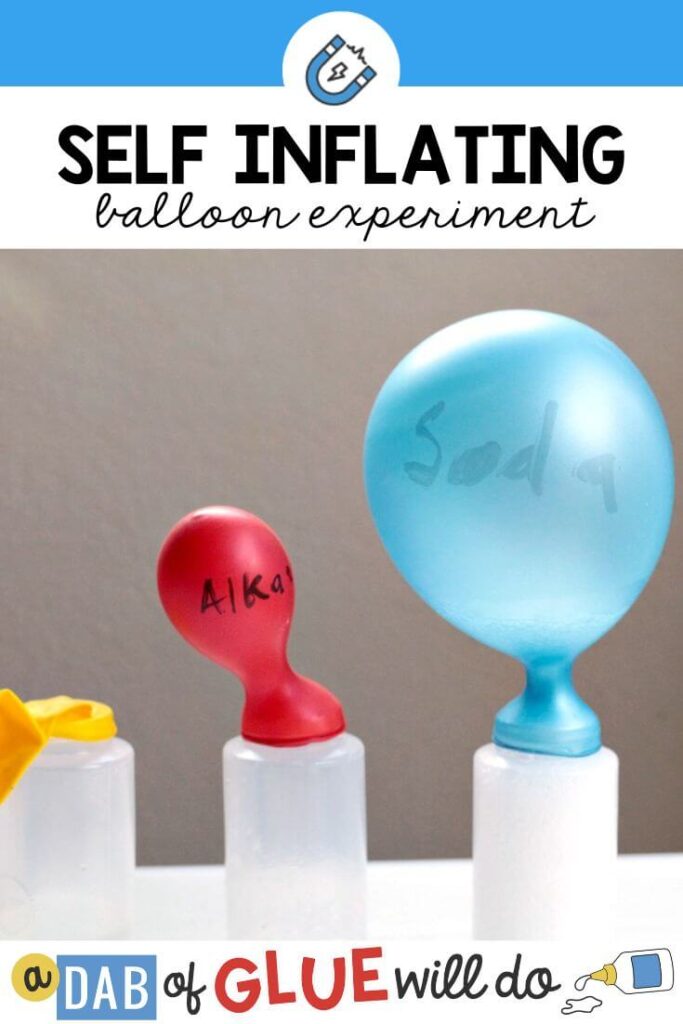
Children have a natural instinct to experiment and test, which is why science activities are so much fun with little ones! In the self-inflating balloon science experiment, children can test which chemical reaction produces the reaction that is best at inflating a balloon. What is even better about this experiment is that the science experiment is inexpensive and classroom-friendly. Little ones will have a blast testing all sorts of reactions beyond the three we tested in our example.
Getting the Self-Inflating Balloon Science Experiment Ready
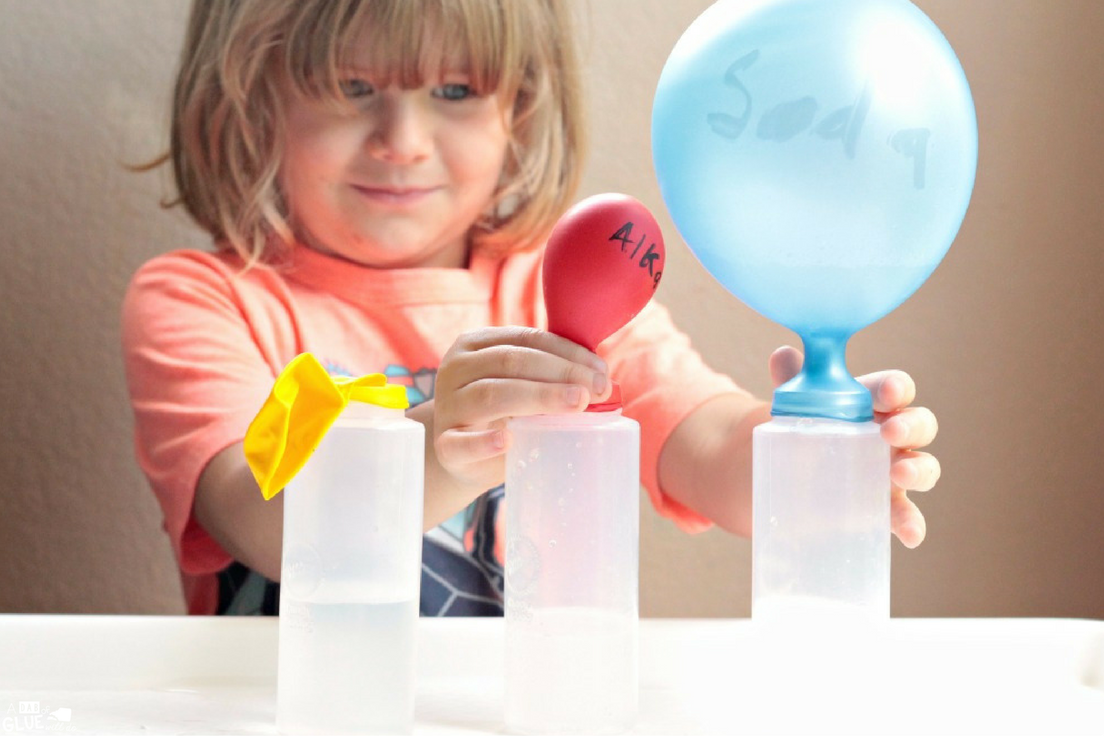
Setting this experiment up is super easy, and it takes very little advanced prep. You will need:
- Balloons (1 for each reaction)
- Plastic bottles (1 for each reaction)
- Plastic bottles
- Plastic bottles
- Plastic bottles
- Plastic bottles
- Plastic bottles
All you have to do in advance is collect the materials and write the type of reaction on each balloon with a permanent marker.
Doing the Self-Inflating Balloon Science Experiment
Heat some water on the stove or in a microwave. If you don’t have access to something to heat water in the classroom, you can always switch out the hot water for yeast and sugar.
Fill one bottle with 5 tablespoons of hot water. Add the “water” balloon to the top.
Fill another bottle with 5 tablespoons of hot water. Drop in an alka-seltzer tablet and cover with the “alka-seltzer” balloon.
Add 5 tablespoons of vinegar to the third bottle. Drop in two tablespoons of baking soda and quickly add the “baking soda” balloon.
Stand back and watch.
In our experiment, the water balloon didn’t inflate much at all. The hot air was not pressurized enough to inflate the balloon. The alka-seltzer tablet filled the balloon a little, but the baking soda and vinegar balloon had the best reaction. We thought the balloon was going to pop off the bottle!
The Science Behind the Self-Inflating Balloon Experiment
Alka-seltzer tablets and baking soda and vinegar both produce the same CO2 reaction. When an acid is mixed with a base, the two mixtures react through an endothermic reaction (a reaction that makes the mixture feel colder), creating CO2 gas which bubbles up through the liquid and out into the air, which inflates the balloon. The heat rising from the hot water was not strong enough to inflate our balloon. However, hotter water or perhaps more water in the bottle might have done the trick.
More Science Activities and Ideas
Walking Water Science for Kids
Want science planned for you ALL YEAR LONG?!
Do you want science planned for the ENTIRE CALENDAR YEAR!? This Endless Science Mega Bundle will save you so much time and keep your students engaged and excited about learning. This amazing resource contains 53 science topics including life science, physical science, earth science, and animal studies.

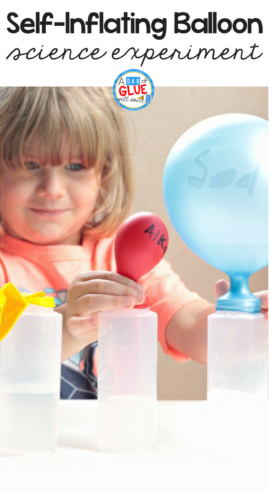
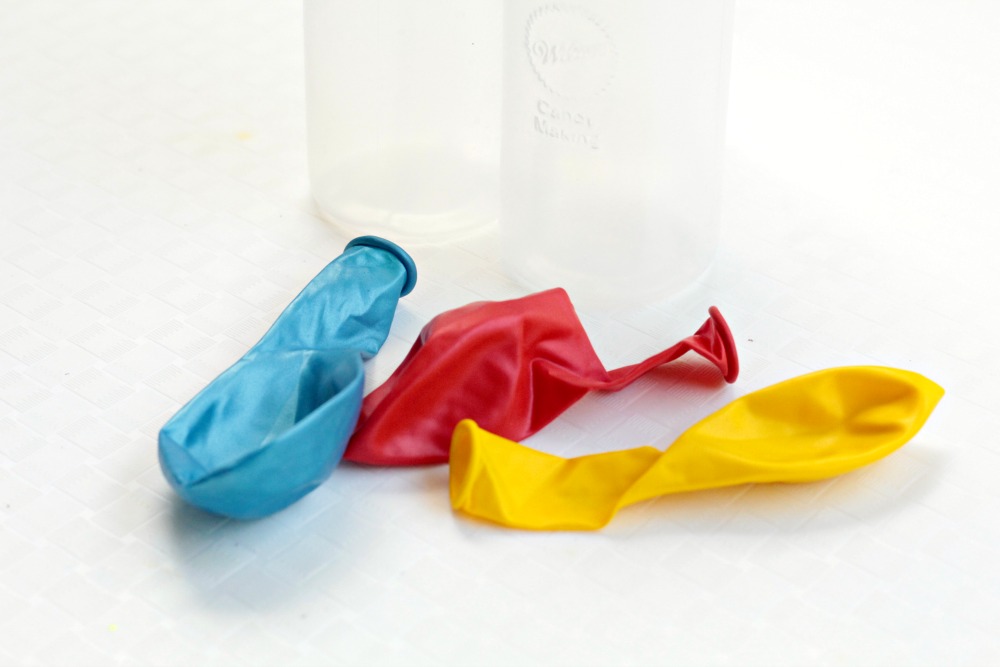
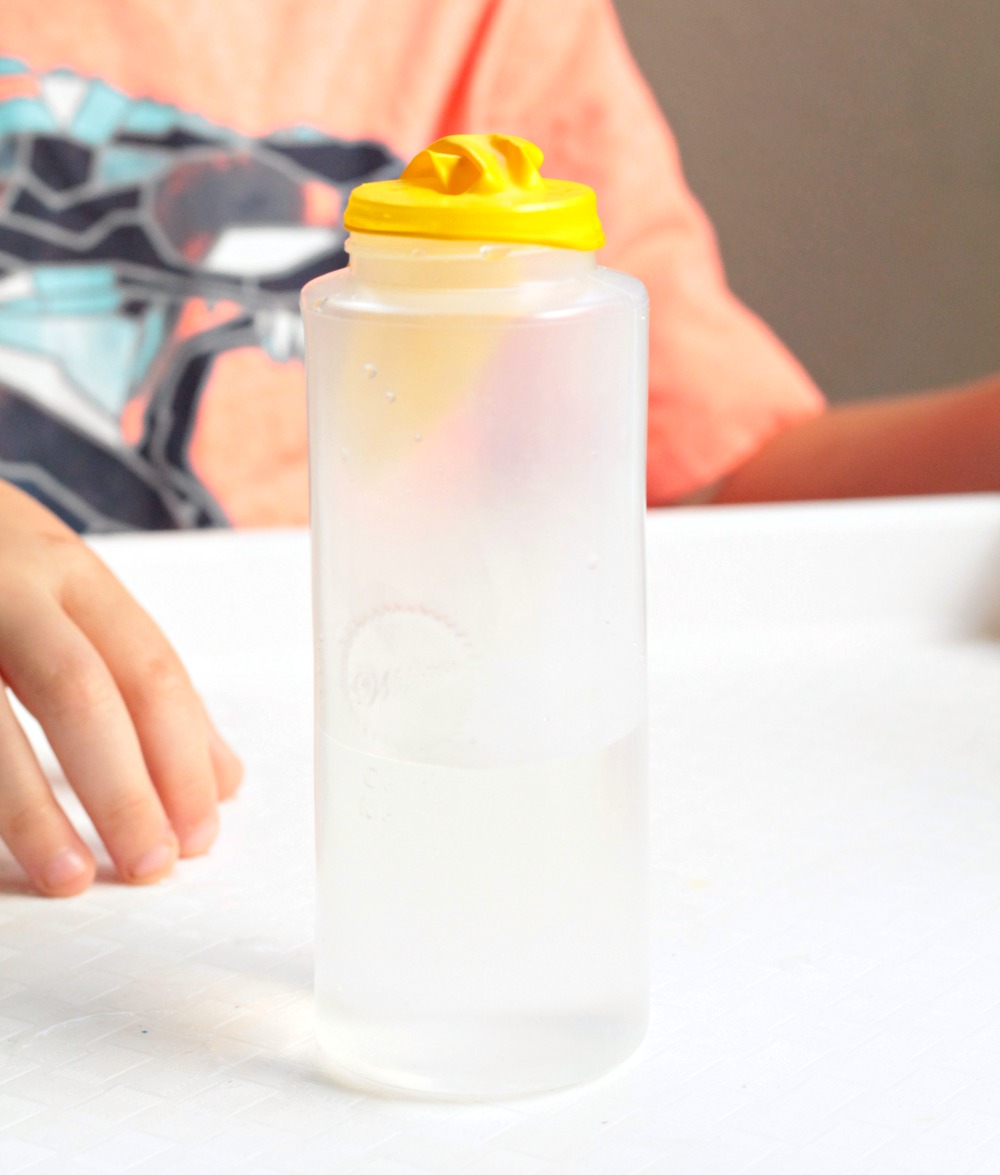
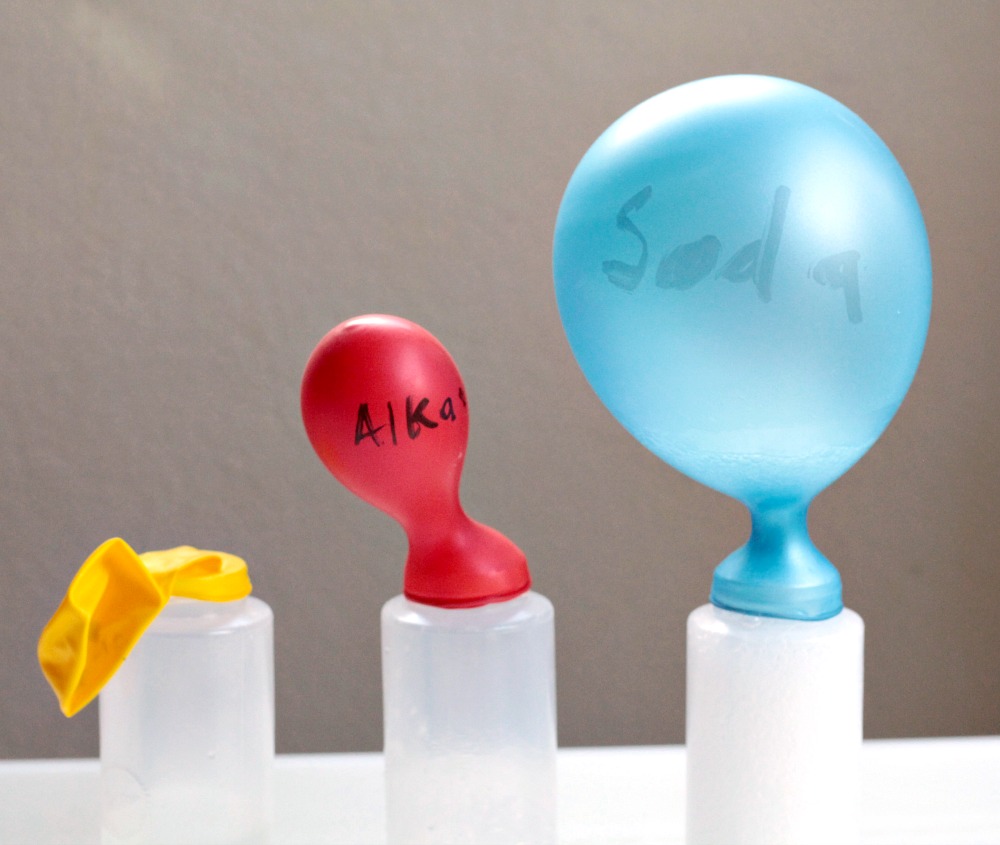
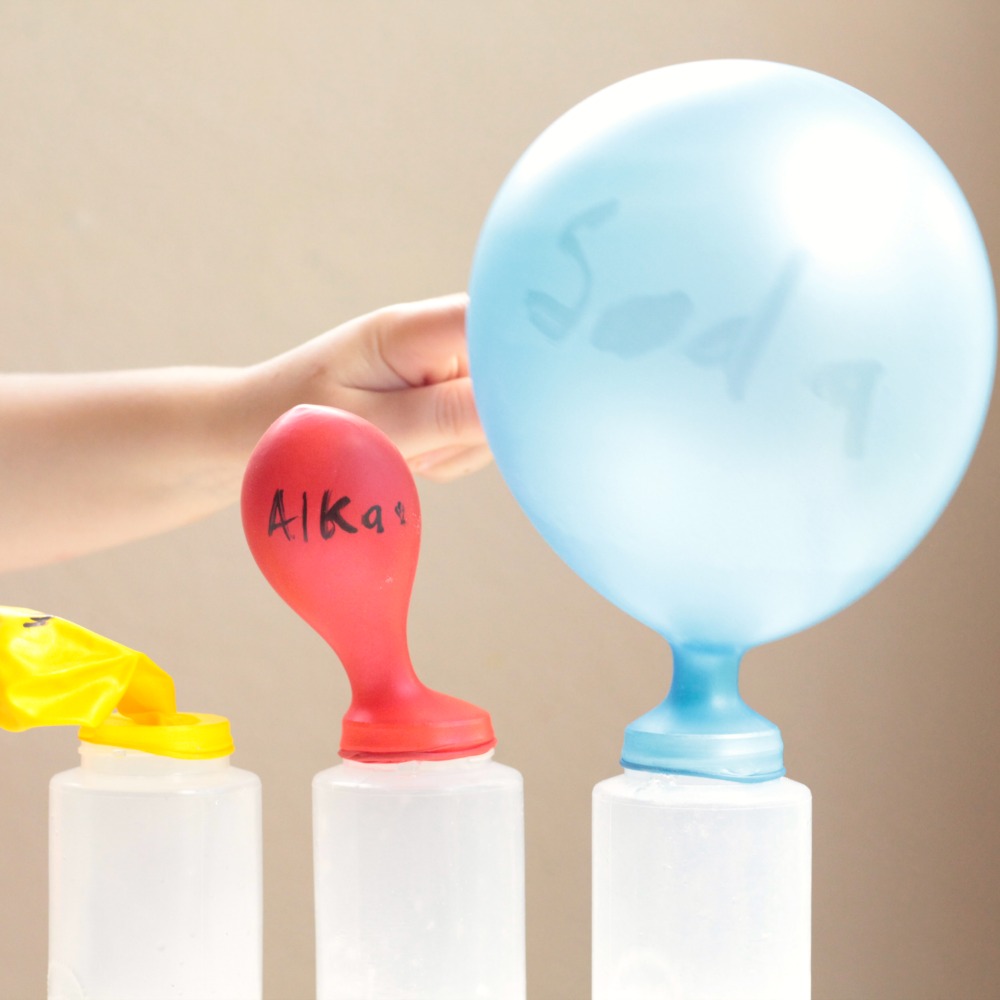

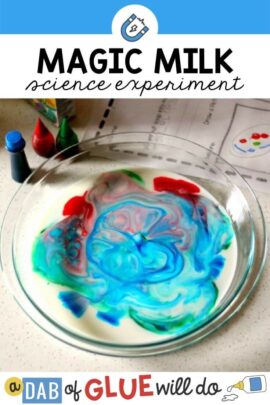
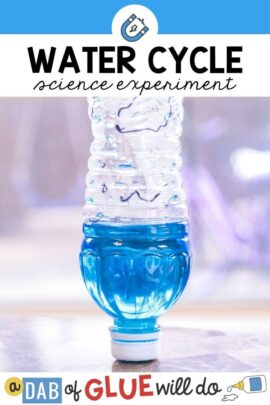
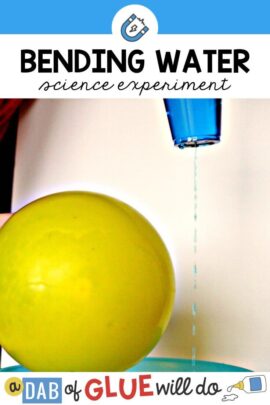
Real clean internet site, thanks for this post.